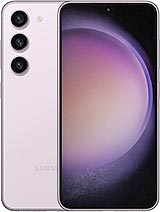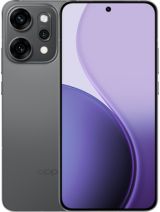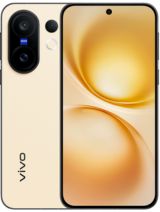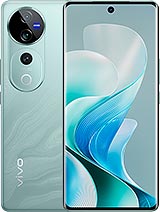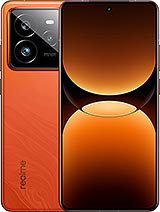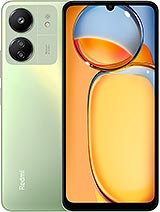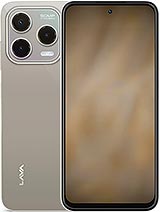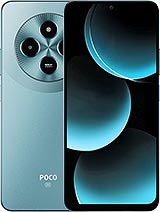Apple iPhone 16e alternatives
Tap above to see alternatives.
Lava Yuva 4 4G alternatives
Tap above to see alternatives.
Apple iPhone 16e
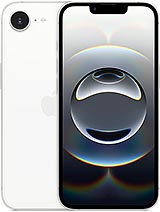
Apple iPhone 16e
-
A18
3 nm
-
4005 mAh
20W
-
6.1"
1170 x 2532 pixels
-
48 MP
4K@24/25/30/60fps
-
Specs

Lava Yuva 4 4G

Lava Yuva 4 4G
-
Unisoc T606
12 nm
-
5000 mAh
10W
-
6.56"
720 x 1612 pixels
-
50 MP
1080p@30fps
- Specs
2x4.04 GHz
4x2.20 GHz
2x1.6 GHz Cortex-A75
6x1.6 GHz Cortex-A55
8GB 256GB (NVMe)
8GB 512GB (NVMe)
4GB 128GB (UFS 2.2)
f/1.6, 26mm (wide), 1/2.55", 0.7µm, PDAF, OIS
(wide), AF
VGA
Auxiliary lens
1080p@25/30/60/120/240fps
f/1.9, 23mm (wide), 1/3.6", 1.0µm, PDAF
SL 3D, (depth/biometrics sensor)
1080p@25/30/60/120fps
SIM1: Nano, SIM2: eSIM
SIM1: Nano, SIM2: Nano
23 5G bands
n1, n2, n3, n5, n7, n8, n12, n20, n25, n26, n28, n38, n40, n41, n48, n53, n66, n70, n75, n76, n77, n78, n79
In this performance comparison, the Apple iPhone 16e with its Apple A18 (3nm) performs better than the Lava Yuva 4 4G with the Unisoc Unisoc T606 (12nm), thanks to superior chipset efficiency.
Apple iPhone 16e offers 7 years of OS updates, whereas Lava Yuva 4 4G provides 1 years. For security updates, Apple iPhone 16e offers 7 years of support compared to Lava Yuva 4 4G's 2 years.
Apple iPhone 16e features a superior AMOLED display, while Lava Yuva 4 4G comes with an LCD panel. In terms of smoothness, Lava Yuva 4 4G offers a higher 90 Hz refresh rate, ensuring fluid scrolling and animations. Both devices deliver the same brightness level at nits. Notably, Apple iPhone 16e offers a higher screen resolution, resulting in sharper visuals and more detailed content.
Lava Yuva 4 4G features a larger 5000 mAh battery, potentially delivering better battery life. Apple iPhone 16e also supports faster wired charging at 20W, compared to 10W on Lava Yuva 4 4G. Apple iPhone 16e supports wireless charging at 7.5W, while Lava Yuva 4 4G does not support wireless charging.
Apple iPhone 16e includes an IP68 rating, while Lava Yuva 4 4G lacks an official IP rating.
- Apple iPhone 16e – Check price here
¹ Scores can vary even with the same chipset due to RAM, thermals, and software optimization.

